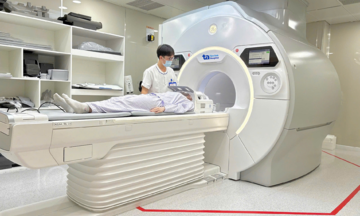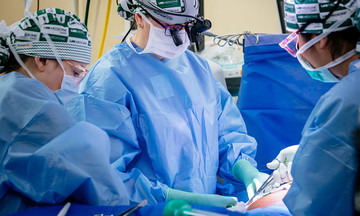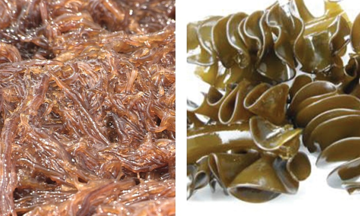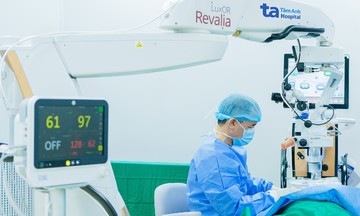The nasal septum is the wall that divides the two nostrils. A deviated septum occurs when this thin wall is bent or crooked, causing an imbalance in airflow between the left and right nasal passages or obstructing airflow through one or both nostrils.
Some people are born with a deviated septum, while others may develop it due to facial injuries or trauma. Depending on the severity of the symptoms, doctors may recommend conservative treatments like saline nasal sprays. More severe cases may require surgery to reposition the septum and improve airflow and breathing.
Symptoms of a deviated septum vary from person to person. Those with a mild deviation may experience no symptoms, while those with a more severe deviation may have more noticeable symptoms.
Nasal congestion in one or both nostrils: This can worsen with colds or allergies. Breathing in cold or polluted air can cause the nasal lining to swell and narrow, leading to difficulty breathing.
Nosebleeds: A dry nasal septum surface can cause nosebleeds. This symptom is often accompanied by peeling skin inside the nose and nasal dryness. Nosebleeds are more common in individuals with a severely deviated septum.
Snoring while sleeping: A deviated septum or swollen nasal tissue can be one of the many causes of snoring. Uneven airflow and obstructed breathing affect the airways. People with this condition may find it easier to breathe through their nose at night by sleeping on their side if one nostril is narrowed.
Difficulty breathing: A deviated septum narrows one or both nostrils, hindering airflow into the body and causing difficulty breathing, especially at night. This can lead to loud snoring or heavier breathing than usual, which may be mistaken for obstructive sleep apnea.
Frequent sinusitis (sinus infections): Narrowing of one or both nasal passages can hinder mucus drainage from the sinuses, causing blockage. This creates a favorable environment for bacteria and fungi to grow, leading to chronic and recurrent sinusitis.
Individuals with this condition tend to breathe through their mouth more than their nose, leading to frequent dry mouth, bad breath, loss of smell, facial pain, headaches, and poor sleep quality.
You can check for a deviated septum if you suspect your nostrils are uneven. Tilt your head back and look inside your nostrils with a mirror or take a picture to check for symmetry. Use your finger to close one nostril and inhale through the open nostril to feel for any airflow abnormalities. Switch sides and repeat. Difficulty breathing through one or both nostrils could indicate a deviated septum. Consult a doctor for an accurate diagnosis and timely treatment to reduce the risk of complications.
Anh Chi (Theo Health, WebMD, Cleveland Clinic)
| Readers can submit questions about ear, nose, and throat conditions here for doctors to answer. |












